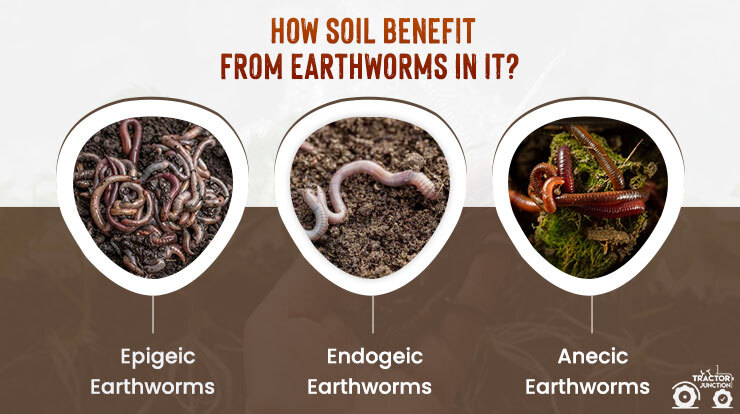Little Known Facts About North Carolina Worms.
Little Known Facts About North Carolina Worms.
Blog Article
The 8-Minute Rule for North Carolina Worms
Table of ContentsThe smart Trick of North Carolina Worms That Nobody is Talking AboutOur North Carolina Worms PDFsRumored Buzz on North Carolina WormsThe Basic Principles Of North Carolina Worms
Instance: 1-gallon of worm spreadings to 4 gallons of potting mix. 1/2 mug in the bottom of the planting opening for smaller sized plants. 1 mug for larger plants.
The addition of tea can additionally add raised microbial biomass to your dirt. You can always side-dress your plants with worm spreadings at any time. Simply keep in mind, the microbes will pass away if subjected to UV rays (Sunlight), so make certain to cover the spreadings with an inch or two of dirt.
This baffled them for years till the screening techniques came to be better. It would obtain better(with more spreadings), degree off, and after that decline. As well several worm castings would speed up the development to a pace that the plant could not recuperate from.
The Ultimate Guide To North Carolina Worms
Several herbicides work with this very same principle. So, 20% by quantity appears to be the "Sugary food Area". I have stated the merits of worm castings for regarding 2000 words. What regarding the various other side of the coin? Absolutely nothing is excellent. Worm spreadings are no various. It takes some time to produce high quality worm castings.
Worm castings certainly set you back more than chemical plant foods. Worm castings are on the cheaper end of natural plant foods. (50 gallons per year) It is a much more challenging and very pricey investment to generate big amounts of worm castings.

Producing a healthy dirt might be the best benefit of worm spreadings. We went over worm castings NPK and additionally the proper nutrient evaluation that ought to use to worm spreadings.
North Carolina Worms Things To Know Before You Get This
We chatted concerning some of the negative aspects linked with worm spreadings. I covered a great deal of product in this write-up.
The upright burrows are commonly open, although the worms cover the leading with residue and excrement. Origins require oxygen for their growth, whereas they generate carbon dioxide that requires to leave the soil.
Earthworms increase porosity by 2 devices: (1) by producing permanent burrows, and (2) by improving dirt aggregation. Aggregation is boosted by the mixing of soil and natural matter in the earthworms' guts. Where to buy worms in NC. These very steady aggregates are transferred by some earthworms in their burrows, and by others at the surface of the dirt


In an additional research, earthworms were estimated to consume 4 to 10 percent of the top 6 inches of the soil yearly. This only mosts likely to reveal the massive quantities of dirt that can be refined by earthworms. Dirt compaction lowers the porosity of the dirt. Because earthworms boost porosity, they lower the results of compaction.
How North Carolina Worms can Save You Time, Stress, and Money.
Typical earthworm populaces can quickly take in 2 loads of dry issue per acre annually, partly absorbing and blending it with soil. The value of earthworms to mix surface deposit with soil becomes really clear in soils that do not have any earthworms. A lot of our Pennsylvania soils contend the very least some earthworms, and the effect of their full absence, therefore, can not be kept in mind.
(https://www.techdirectory.io/lenoir/things-to-do/north-carolina-worms)In these soils, the formation of topsoil with reasonable raw material web content did not occur, resulting in poor crop development. Once the cause was developed, the federal government of the Netherlands began a campaign to introduce earthworms. After the introduction of the earthworms, a dark topsoil layer was formed, and plant development raised considerably.
They live largely from partially decomposed natural issue that is already included in the dirt. These species consume big amounts of dirt that they mix with absorbed plant residue in their intestines.
These species consume substantial quantities of soil that they blend with digested deposit in their guts. Their waste matter is largely transferred at the surface of the dirt.
Report this page